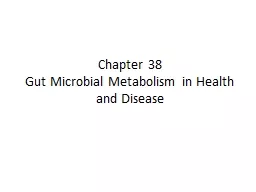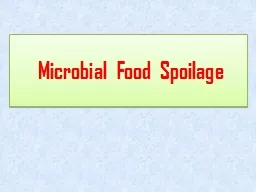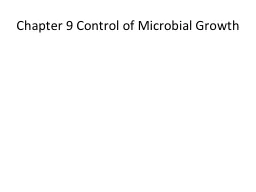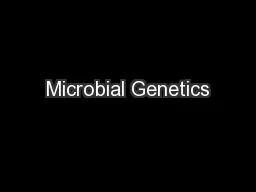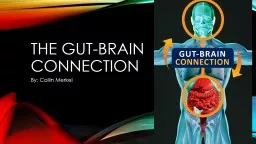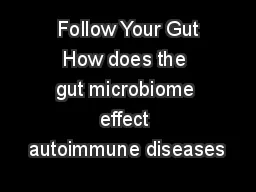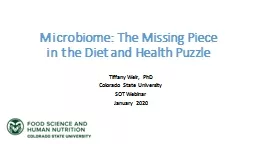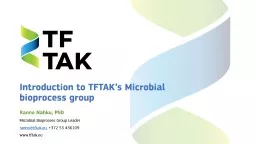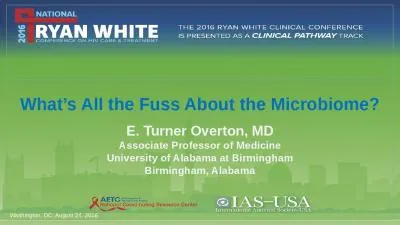PPT-Chapter 38 Gut Microbial Metabolism in Health
Author : titechas | Published Date : 2020-06-17
and Disease FIGURE 381 Gut microbiota shape the immune system to promote microbiotahost mutualism Abbreviations IL interleukin TH Thelper cell Treg Tregulatory
Presentation Embed Code
Download Presentation
Download Presentation The PPT/PDF document "Chapter 38 Gut Microbial Metabolism in ..." is the property of its rightful owner. Permission is granted to download and print the materials on this website for personal, non-commercial use only, and to display it on your personal computer provided you do not modify the materials and that you retain all copyright notices contained in the materials. By downloading content from our website, you accept the terms of this agreement.
Chapter 38 Gut Microbial Metabolism in Health: Transcript
Download Rules Of Document
"Chapter 38 Gut Microbial Metabolism in Health"The content belongs to its owner. You may download and print it for personal use, without modification, and keep all copyright notices. By downloading, you agree to these terms.
Related Documents

